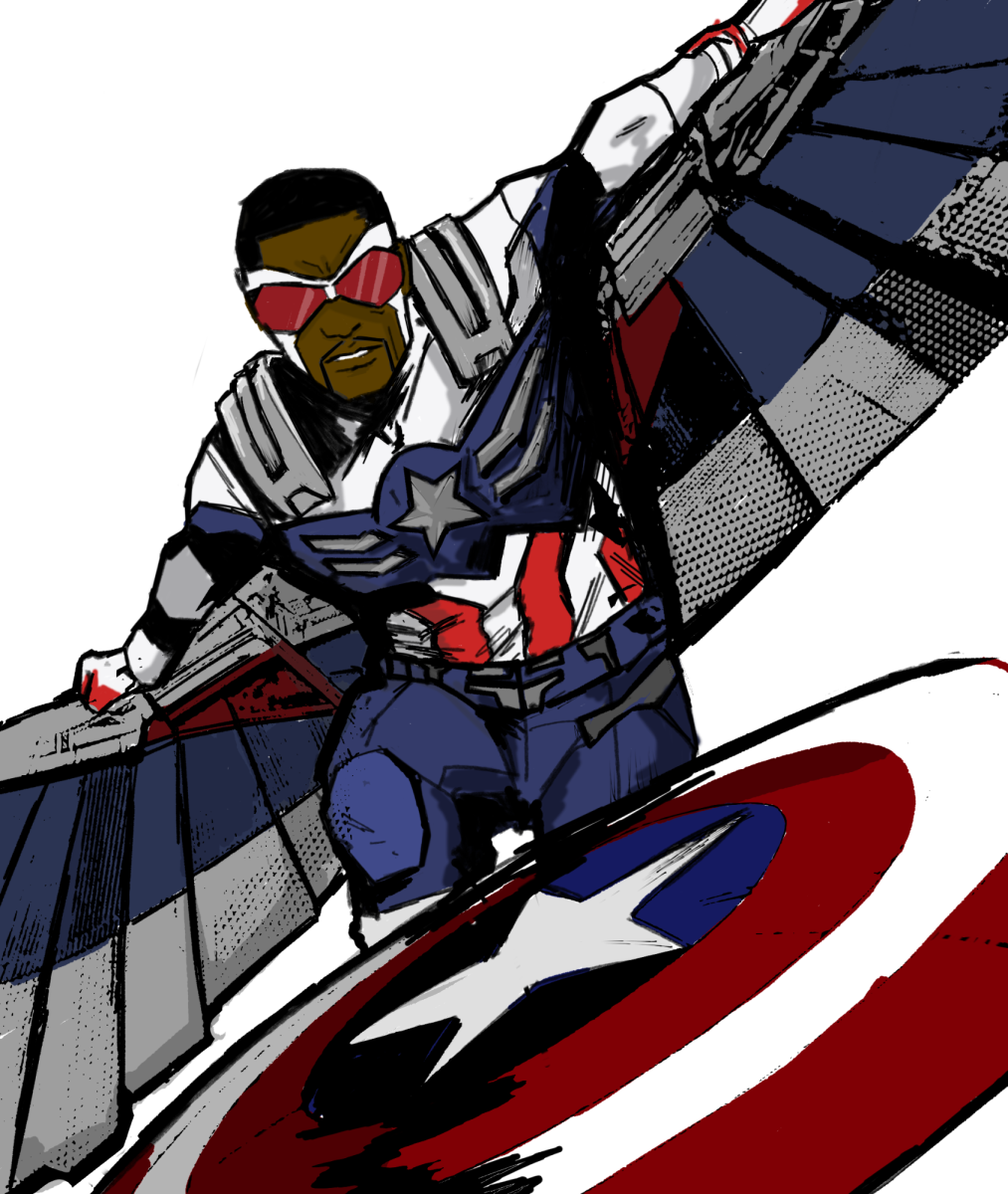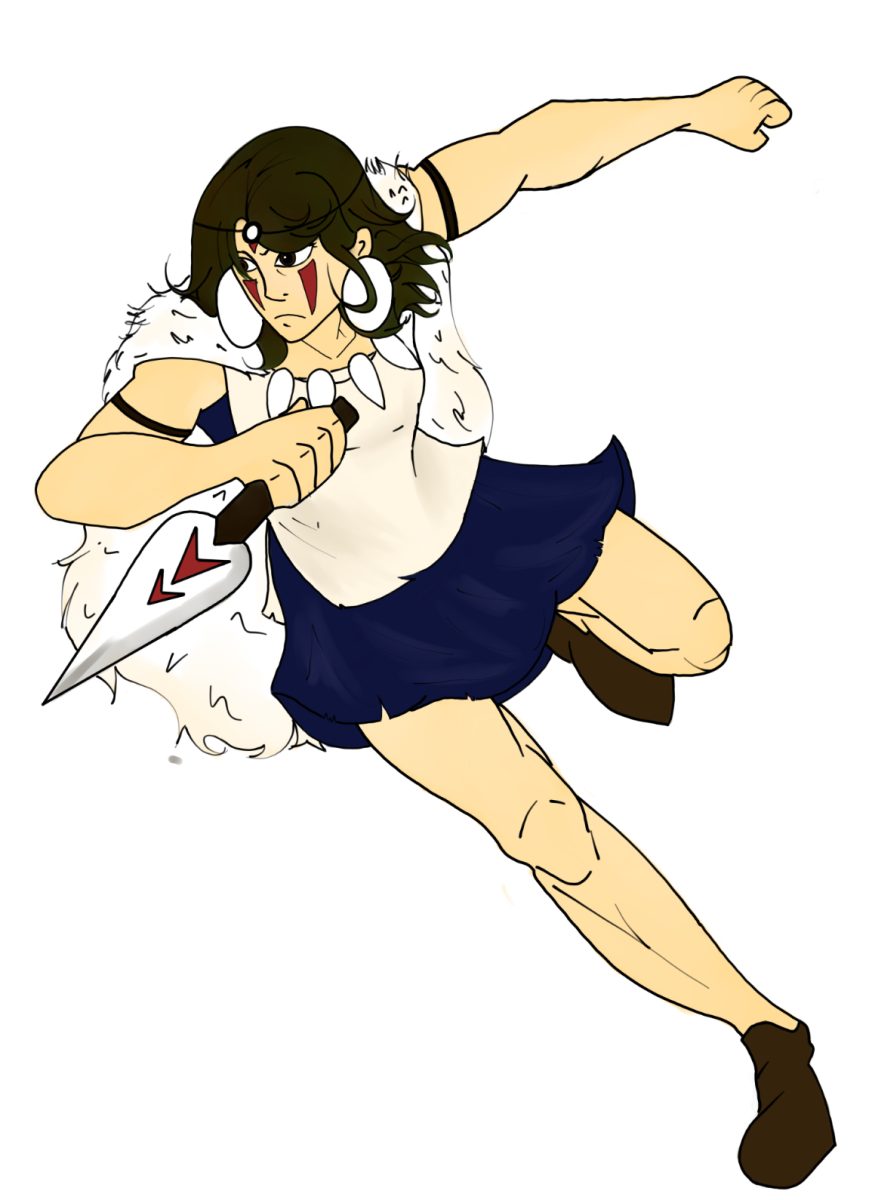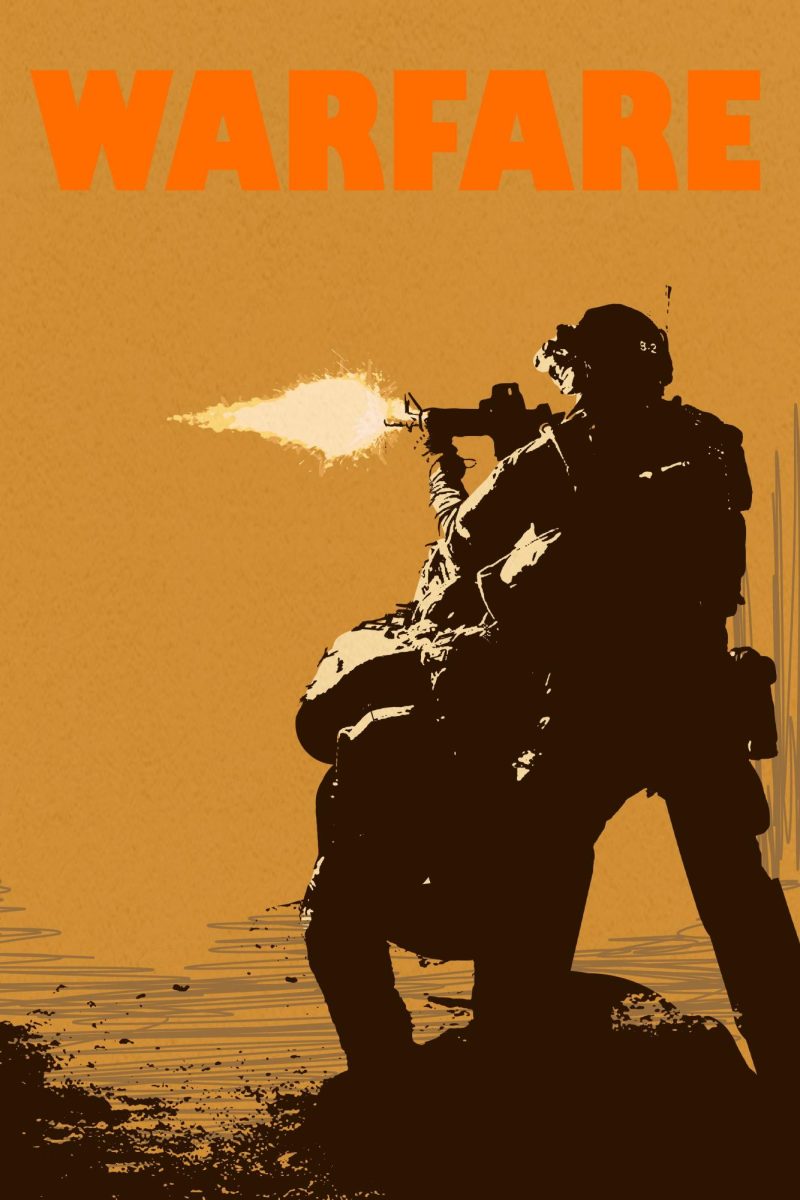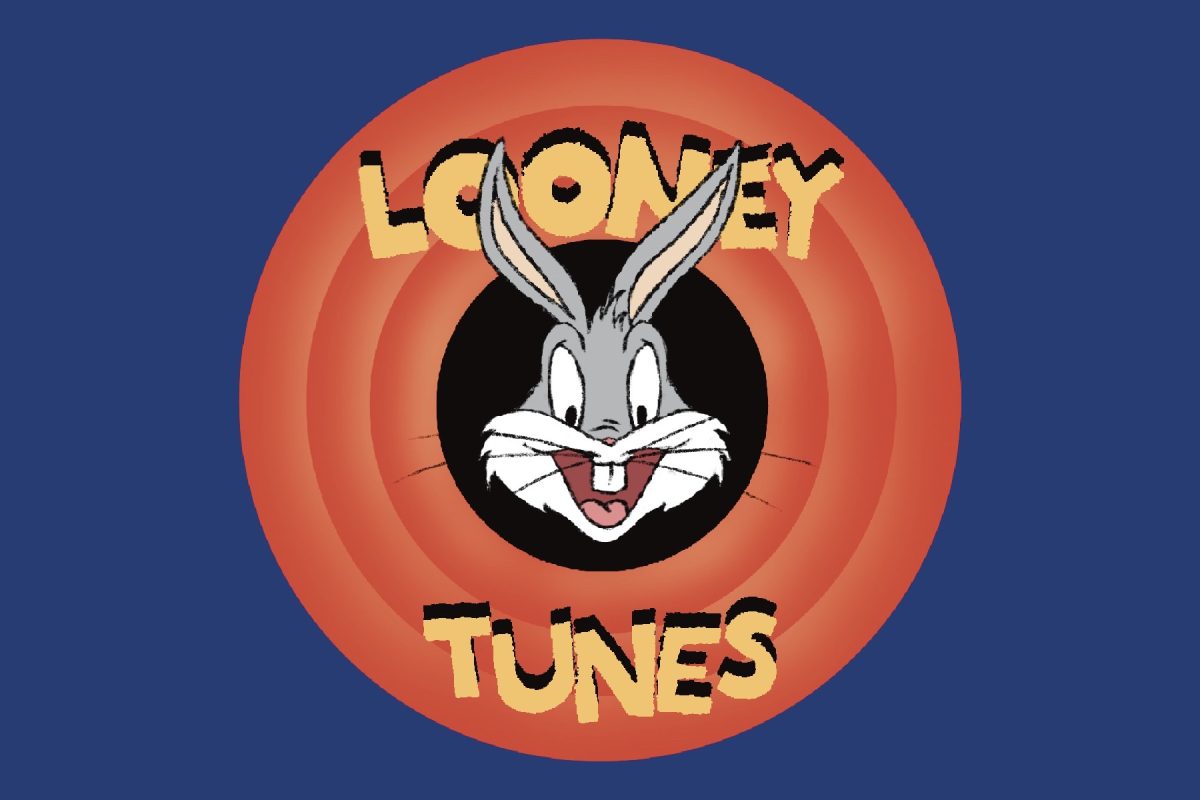
Oscar-winning director of auteur cinema Martin Scorsese has not seen a Marvel film. He tried. “That’s not cinema,” according to Scorsese. “Honestly, the closest I can think of them, with actors doing the best they can under the circumstances, is theme parks.” The comments were ravaged by fans of the superhero genre.
Kevin Feige and crew’s response was to release a slate of films so devastating that even long-time fans cannot help but nod in agreement with Scorsese. Some fans felt that this resulted from Marvel Studios’ quantity-over-quality mindset. In response, Feige decided to slow down on productions.
“Captain America: Brave New World,” directed by Julius Onah, was supposed to mark the first entry in a shifting production strategy. Instead, Anthony Mackie’s first entry as Captain America is indisputably unoriginal.
With poise and humor, Mackie proves worthy of the role. Sam Wilson, now donning the Captain America moniker, gets beaten down and then gets back up constantly, embodying the spirit of the superhero. Unfortunately, makeup and the writing never convey Wilson’s absolute bludgeoning throughout.
Mackie’s chemistry with Carl Lumbly’s Isaiah Bradley, a Black supersoldier experimented on by the U.S. government, anchors the story’s first act, but that is nearly all the time viewers will have with Bradley. He spends most of the film wrongfully imprisoned. Knowing Bradley is innocent, Wilson insists on trusting the system to free him. The choice is out-of-character for Captain America, a hero who has consistently been on the run for disagreeing with the government.
Instead, Onah pairs Wilson with aspiring Falcon Joaquin Torres, played by Danny Ramirez, and former red room member Sabra, played by Shira Haas. “Captain America: Brave New World,” like “Captain America: The Winter Soldier,” follows Captain America, Falcon and Black Widow.
The opportunity to pair two Captain America’s in a fight against militant President Thaddeus “Thunderbolt” Ross, played by Harrison Ford, was right there; however, a Captain America film focusing on two Black men was too much of a stretch, so Marvel Studios played it safe.
The marketing underscores the safety of the film. The third act’s twist of Ross becoming the Red Hulk is riddled throughout trailers, and TV spots gave away the reveal of Tim Blake Nelson as The Leader — a character teased in 2008’s “The Incredible Hulk.”
Wilson’s Captain America never receives the nuance he receives in the comics. Whereas the comics are unafraid to address the racism he endures while carrying the mantle and his contradictory emotions in response to this, the film has Ross deliver “You’re not Steve Rogers” to create some complexity between Wilson and the mantle. He storms out and cuts his alliance with Ross for 20 minutes before he returns to aid the president in his colonialist endeavors. This Captain America has no backbone.
The reason for the government serving Captain America is discussed at the film’s beginning and at its conclusion. However, there is no arc. Wilson is never tested in his role. He serves the government at the start, and at the end, he encourages Torres to join the Avengers and serve the government, even though the government proves to be flawed throughout the film. There is a single line about what it means for Wilson to be Captain America. It amounts to him having extra pressure because he is not white.
Because the film was shot in IMAX, there are moments in conversations where the blocking is strange. A conversation does not need to be shot for IMAX.
The action scenes are shot with a stagnant camera, removing all the grittiness of a non-supersoldier being gobsmacked by a hulk. The choreography has moments of grandeur, especially when utilizing the flight ability of Captain America’s suits. Although, the repetitive nature of slow-motion shots undermines these moments. The choreography looks amazing at regular speed, but the action’s whimsy and awe disappear when the shot is slowed down.
Worst of all, the script moves back and forth between buddy comedy and action thriller while serving as a sequel to “The Incredible Hulk” — the clear blueprint for the third act that is a near one-to-one recreation.
Somehow, the six screenwriters fail to capture the true essence of Captain America. Rather than dealing with the morally gray, Wilson contends with a world that operates in a black-and-white morality dictated by the law. The world is simple, despite Captain America’s whole shtick of a man with clear-cut morals operating within a complex world. Doing the right thing in “Captain America: Brave New World” is too easy, and because of that, audiences have no sense of tension when watching the film.
“Captain America: Brave New World” will indeed be categorized with “Ant-Man and the Wasp: Quantamania” and “Thor: Love and Thunder” due to the feeling that most of the people behind the film were seeking a paycheck rather than telling a powerful and necessary story.











